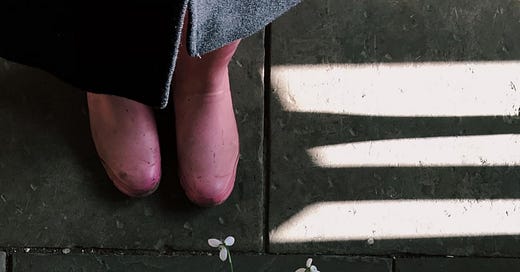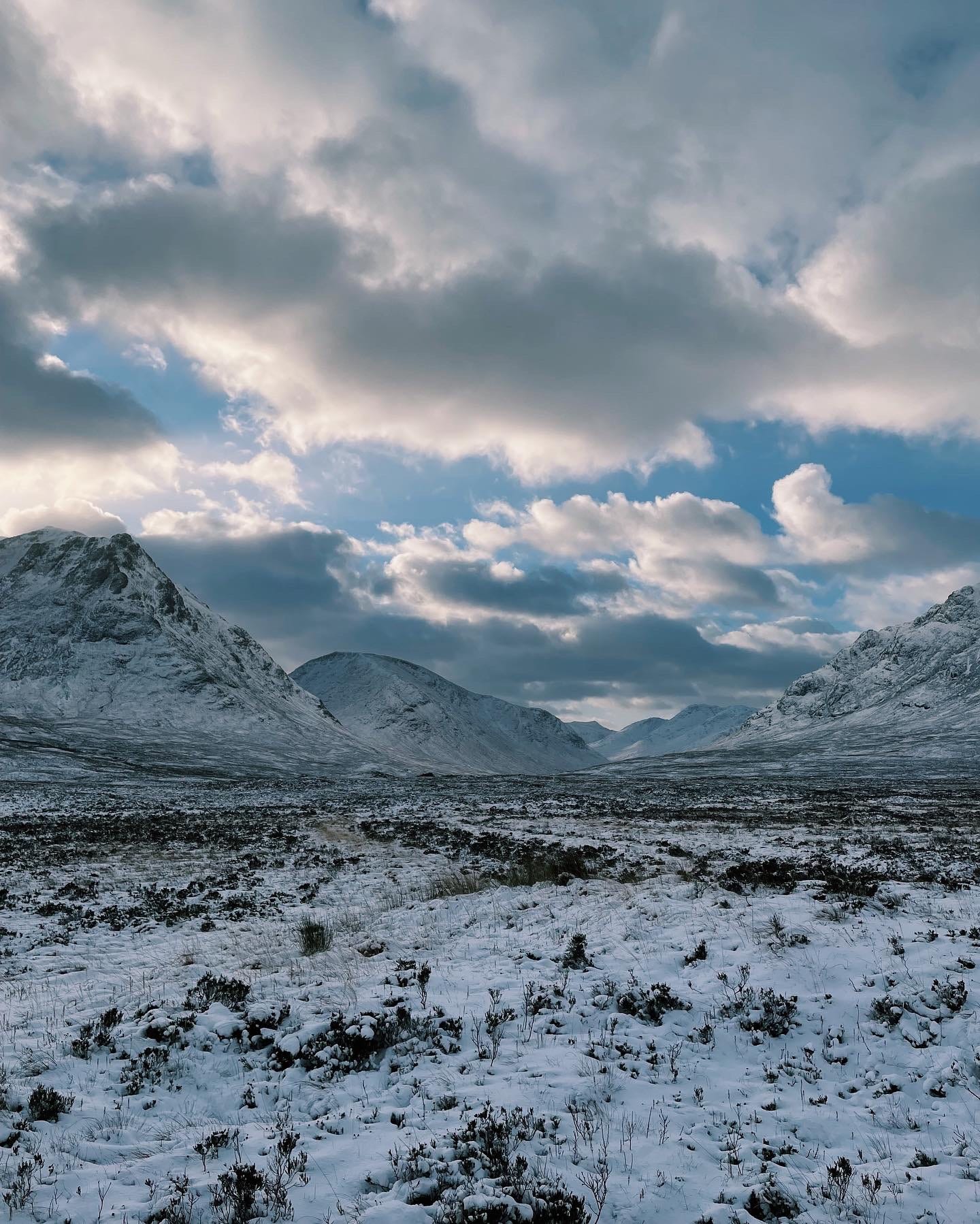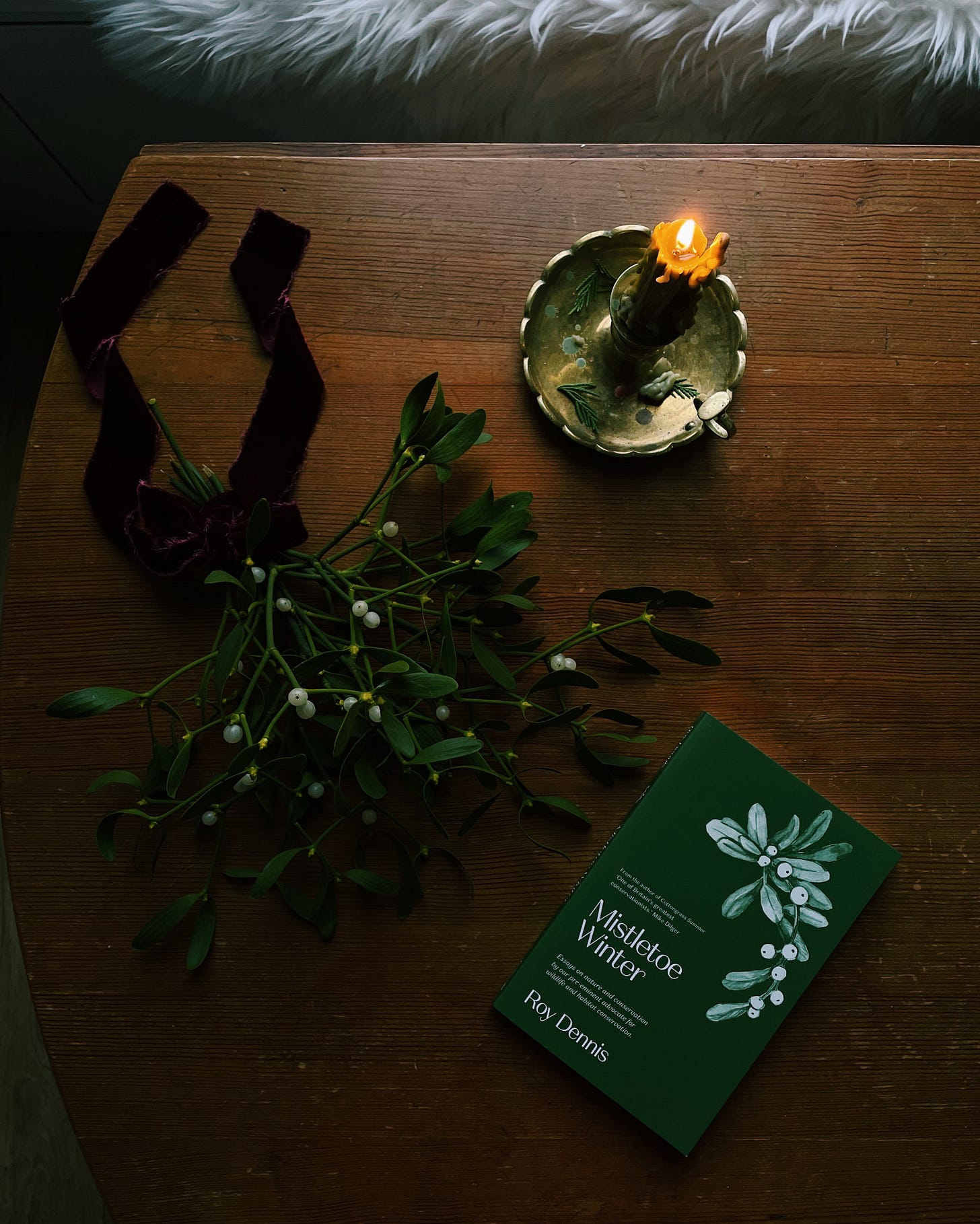Imbolc Nature Notes to Notice
“Plants and animals don’t fight the winter; they don’t pretend it’s not happening and attempt to carry on living the same lives that they lived in the summer. They prepare. They adapt. They perform extraordinary acts of metamorphosis to get them through. Winter is a time of withdrawing from the world, maximising scant resources, carrying out acts of brutal efficiency and vanishing from sight; but that’s where the transformation occurs. Winter is not the death of the life cycle, but its crucible.” Katherine May, ‘Wintering’.
Katherine May’s ‘Wintering’, which I first read last year, spoke to me on a deep level, articulating a liberating surrendering to the seasons and the solace to be found in nature. Her concept of Wintering – that the ‘seasons’ of life involve peaks and troughs – involves shifting our perspective to accept those uncertain or ‘frozen’ times and finding strength and inspiration within them. I embrace all seasons equally, but its no secret that I love Autumn and Winter for many of the reasons May describes, particularly taking our cues from nature and slowing down.
Winter is about balance and knowing that Spring will come. It’s about appreciating the warmth of the indoors after the cold of outside. It’s about the power of rest, retreat and rewilding ourselves: there’s so much beauty to be found in the wild, dark season, as well as the Spring that follows. So without further ado, here are my nature notes for this period of deep Winter leading up to Imbolc.
Land
The branches are bare and, if we’re lucky, iced with frost. By now the birds have eaten most of the berries, but if you look closely you will be able to spot nature reviving - in other words, the first wee signs of Spring in the not-so-distant future. The first tell-tale hint of Spring stirring is the catkins on some trees - long, thin clusters of small flowers used by trees to reproduce. Hazel and alder catkins can be spotted at this time of year, particularly by rivers. A branch or two of pussy willow with its fluffy, mink-coloured catkins will bring much needed Winter interest to your home.
Tentatively, the first flower shoots and buds begin to appear soon, most notably the first snowdrops, gallanthus. Gallonthophiles – fans of the snowdrops – celebrate with festivals, snowdrop themed gatherings and nature trails (more on that soon). The delicate white, drooping, bell-shaped flowers offer assurance to the Winter weary that Spring will come again.
Many animals come closer to humans at this time of year with food sparse - so look out in gardens and green spaces and, if you have your own, make sure to set up a bird feeder. In the countryside, deer can be spotted more easily among the bare branches, particularly at dawn and dusk, and the coats of mountain hares turn white between December and March. At this time of year, you might even hear the sounds of foxes in the city like we did recently - it’s fox breeding season, and the sound of a vixen attracting her mate is particularly ear-splitting.
On warmer days the first bumble bees and ladybirds also emerge as the Earth begins to tilt closer to the sun, finding nectar in early Spring garden plants such as crocuses. The first will be the queen bees emerging from hibernation and looking for a place to build a new nest.
Sky
Seeing the spectacular Winter sunrises and sunsets is one perk of the lacking daylight at this time of year. After the shortest day though, the days lengthen minute by minute so that by the end of January there’s a whole hour and ten minutes more of daylight. Small victories that should be celebrated at this time of year.
In the evenings, keep your eyes peeled for flocks of starlings swirling above. Meanwhile, birds of prey begin to swoop above woodlands on clear days, asserting their claim to territory. Birdsong grows at the start of the year as common blackbirds and thrushes gain confidence - I noticed their morning serenading this week for the first time in what felt like ages and it brought me so much joy.
Water
Look out for Winter wildfowl such as mallards and tufted ducks on lakes and other bodies of freshwater. Contrary to popular belief, you shouldn’t feed ducks stale bread as it’s not good for them. Their natural diet consists of aquatic vegetation such as pondweed as well as insects and worms. When birds duck down in the water, they are feeding from the bottom as their natural way of obtaining sustenance. If you do want to feed the ducks then seeds are a nutritious option, and they also like porridge oats as well as salad leaves. A lovely activity to bring children closer to the natural world, even in the heart of the city. And if you’re at the beach, rock-pooling isn’t just for the sunnier months as there’s plenty to see: seaweed grows all year round and marine snails are slow moving enough to spot. I can’t wait for a trip to the seaside this weekend; I love visiting the beach even more so during the Winter months.






